Intro
Soft ears, fluffy tails, and mischievous eyes... sometimes the cutest things in life are also the slyest. Today, we're taking a break from the usual tech stuff, curling up like a fox tail around a warm cup of curiosity, and diving into why this little creature deserves a standing ovation - and maybe even a little spot in your next daydream.
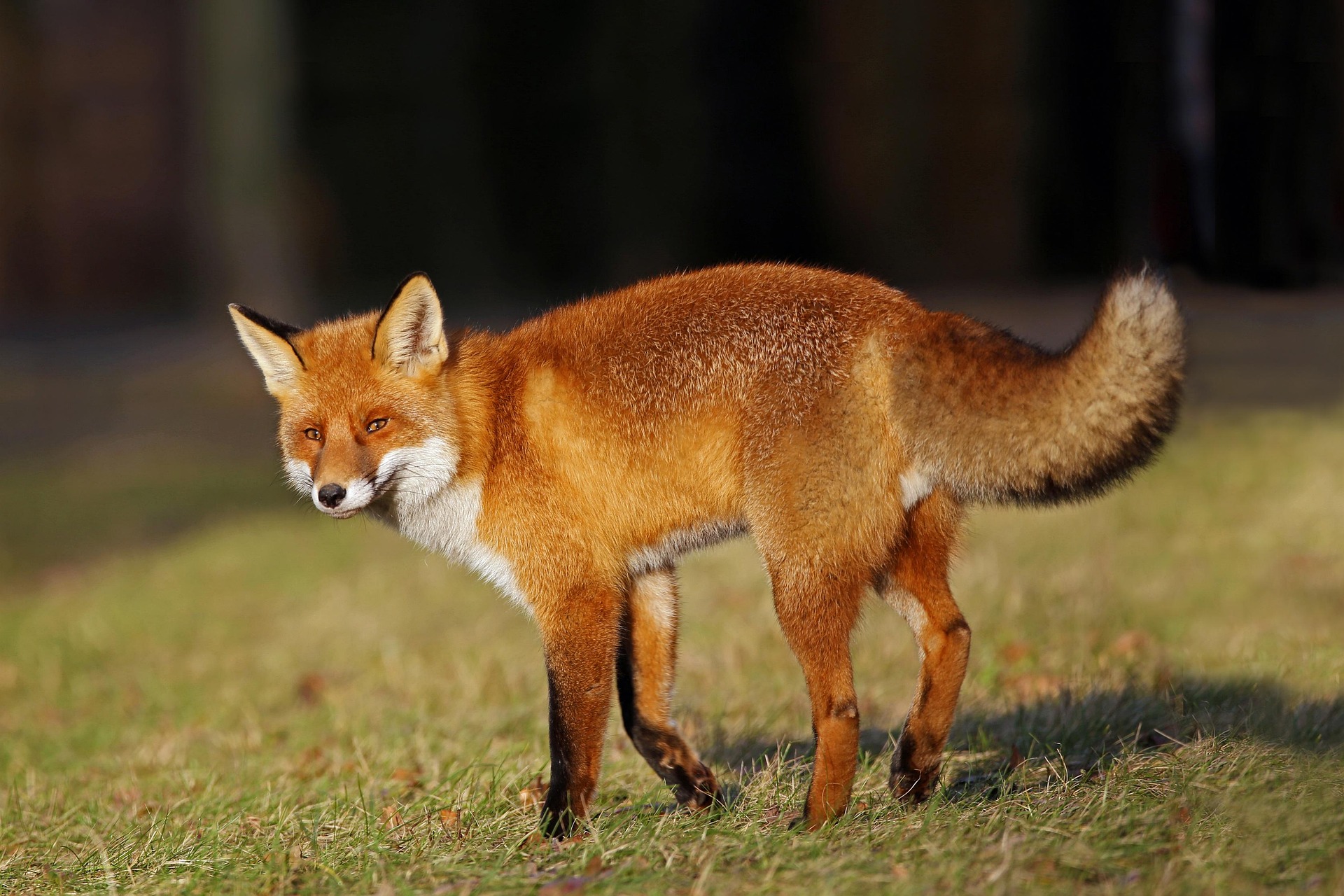 Image by Andreas Neumann from Pixabay
Image by Andreas Neumann from Pixabay
They glide silently through forests, leap lightly across snowy fields, and even around city streets, always alert, always curious. Young foxes tumble in play, chasing leaves, pouncing on shadows, learning the art of mischief. Adults move with elegant grace, balancing stealth and poise. Each flick of a tail, twitch of an ear, or tilt of a head is both functional and utterly charming. Urban foxes, despite human noise, keep their soft, wild poise.
They teach us patience, observation, and the beauty of subtle gestures. From their nose to the tip of their tail, foxes are amazing little animals. Even a quick look at them can feel like a playful wink. Watching them is like seeing a story come to life. They remind us that little magical moments can happen anytime, if we notice them.
Masters of Wit and Wisdom
Foxes are smart hunters with quick minds. In the snow, they can hear rodents moving under leaves or ice and jump very accurately to catch them. They use tricks like pretending to run away to lure prey closer, or they pounce quietly. Urban foxes adjust to human schedules, avoid cars, and find hidden food, showing they can learn and adapt.
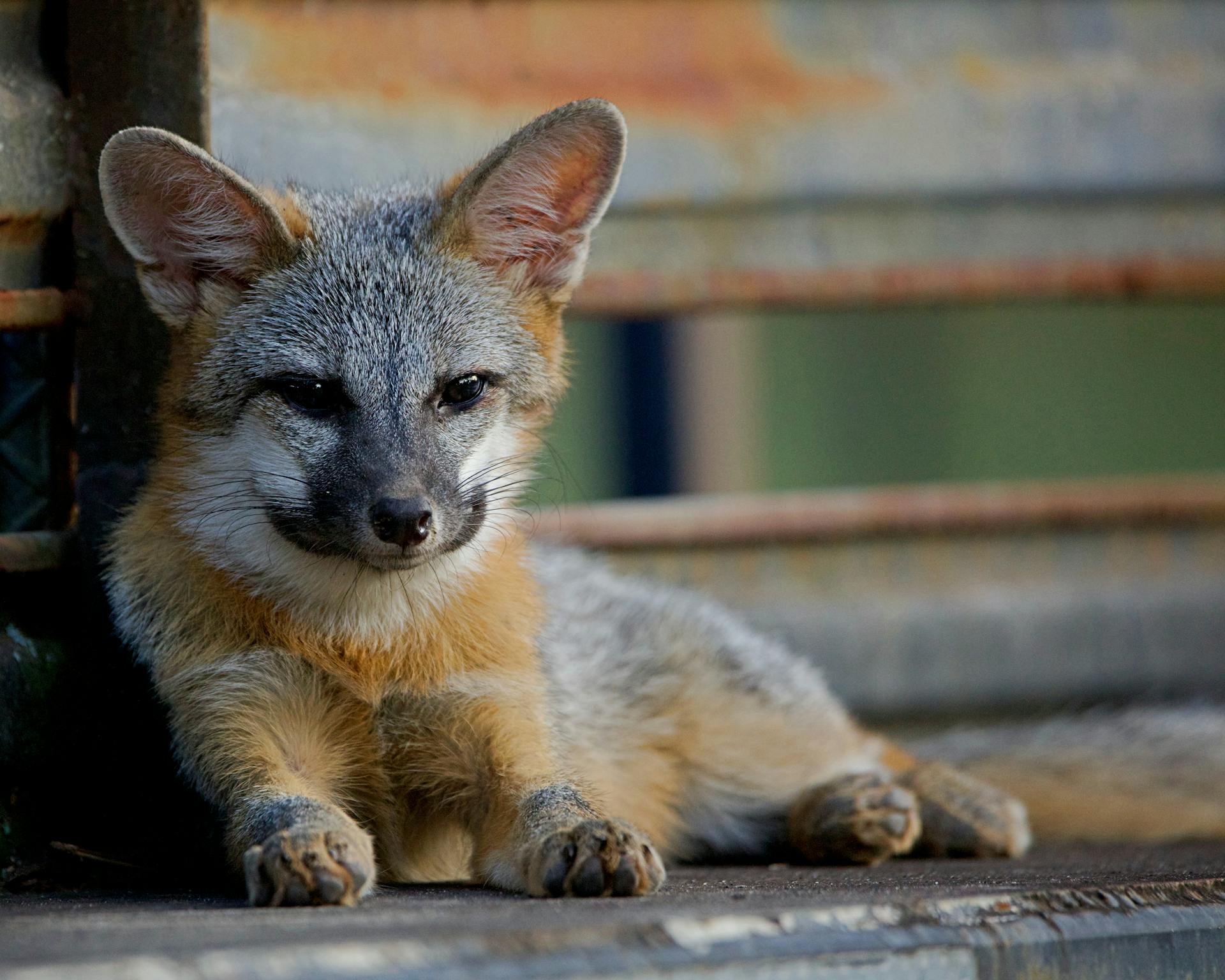 Photo by Janice Carriger on Pexels
Photo by Janice Carriger on Pexels
Foxes communicate using over 40 sounds: barks, screams, and chatters - each with a different meaning. They also use body language, tail movements, and ear positions to send signals. Foxes remember safe paths, hiding spots, and food locations, showing spatial intelligence.
They are patient, flexible, and opportunistic. Hunting combines timing, precision, and creativity. Every jump, sniff, and pounce shows planning and skill. Their intelligence is not just instinct. It involves observation, planning, and learning. Watching a fox hunt is like seeing a small, clever animal solving problems. Adorable, isn't it?
Fluff that steal your heart
Foxes have thick, warm, and fluffy fur. Their tails have multiple uses: keep the fox warm, help with balance while running, and are used to communicate with other foxes. Their cute paws are covered in fur, allowing quiet movement on snow or rough ground.
Foxes groom themselves regularly and often groom each other for social bonding. Young foxes start with thinner fur that thickens as they grow. Even ears and faces are covered in fur for warmth and sensory function. Urban foxes keep their coats in good condition despite city life.
Their tails, eyes, and ears also communicate their feelings and intentions. Seasonal shedding keeps them warm while preventing overheating. The fur is functional and also part of their appearance. It helps them move, stay safe, and interact with other foxes, and look cute.
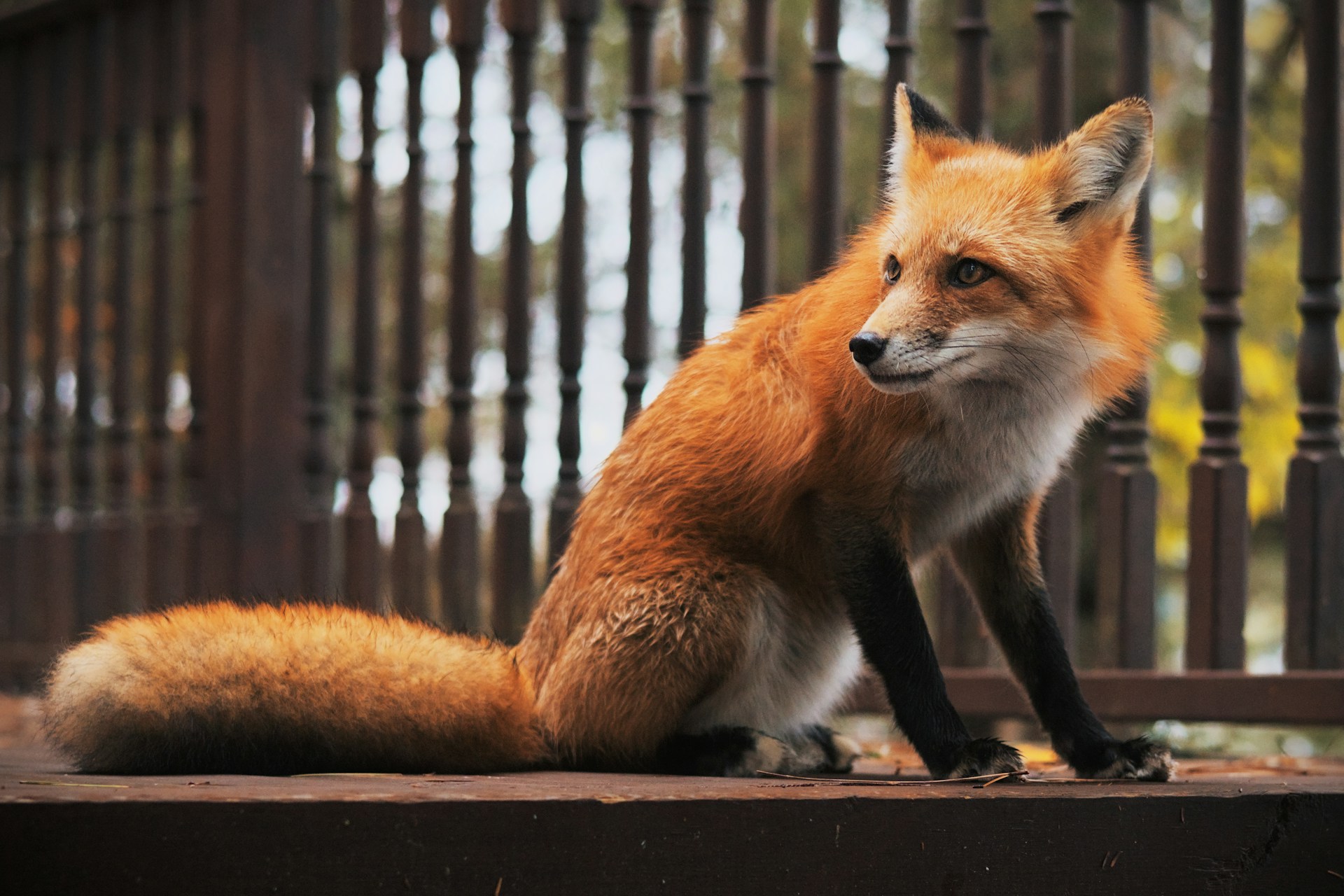 Photo by David Gomez on Unsplash
Photo by David Gomez on Unsplash
Foxes are small, but their bodies are very well designed. Retractable claws let them walk quietly, jump precisely, and climb easily. Their ears move independently to catch even tiny sounds. Their eyes reflect light at night, giving them good night vision for hunting. Whiskers sense small changes in air, helping them move in tight spaces without bumping into things. Their snouts are long and sensitive, good for tracking prey or noticing danger. Tails are not just ultra fluffy - they help with balance, communication, and staying warm. Paws are soft but precise, letting them move silently on any surface.
Their body posture shows mood or intention without making noise. Urban foxes handle fences, stairs, and buildings easily. Every part of their body has a purpose. Paw pads, bones, and muscles are made for agility and stealth. Nature made foxes to be both survival experts and adorable little charmers. (Wildlife Online)
Tail tales and body language
Foxes communicate using gestures and body language - and their tails are very important. A curled tail can keep them warm or show they are happy. A flicking tail can mean excitement, irritation, or alertness. Their posture shows dominance, submission, curiosity, or readiness.
Ears, eyes, and snout positions add more information. Tails also help with balance during jumps. Curling the tail while sleeping keeps them warm. Twitching ears can warn of danger or show attention. Tail patterns can help identify different foxes. Small movements convey feelings or intentions. Foxes can communicate over distances without making noise. Urban foxes still use these signals even in cities. Their social intelligence works with hunting and survival skills. Every gesture shows thought, flexibility, and charm. (Wildlife Online)
Adapting to humans
Some foxes live in cities without losing their wild skills. Urban foxes move quietly through streets, parks, and alleys, always watching for humans and traffic. They learn human schedules to avoid danger and find food in trash, gardens, or leftover meals.
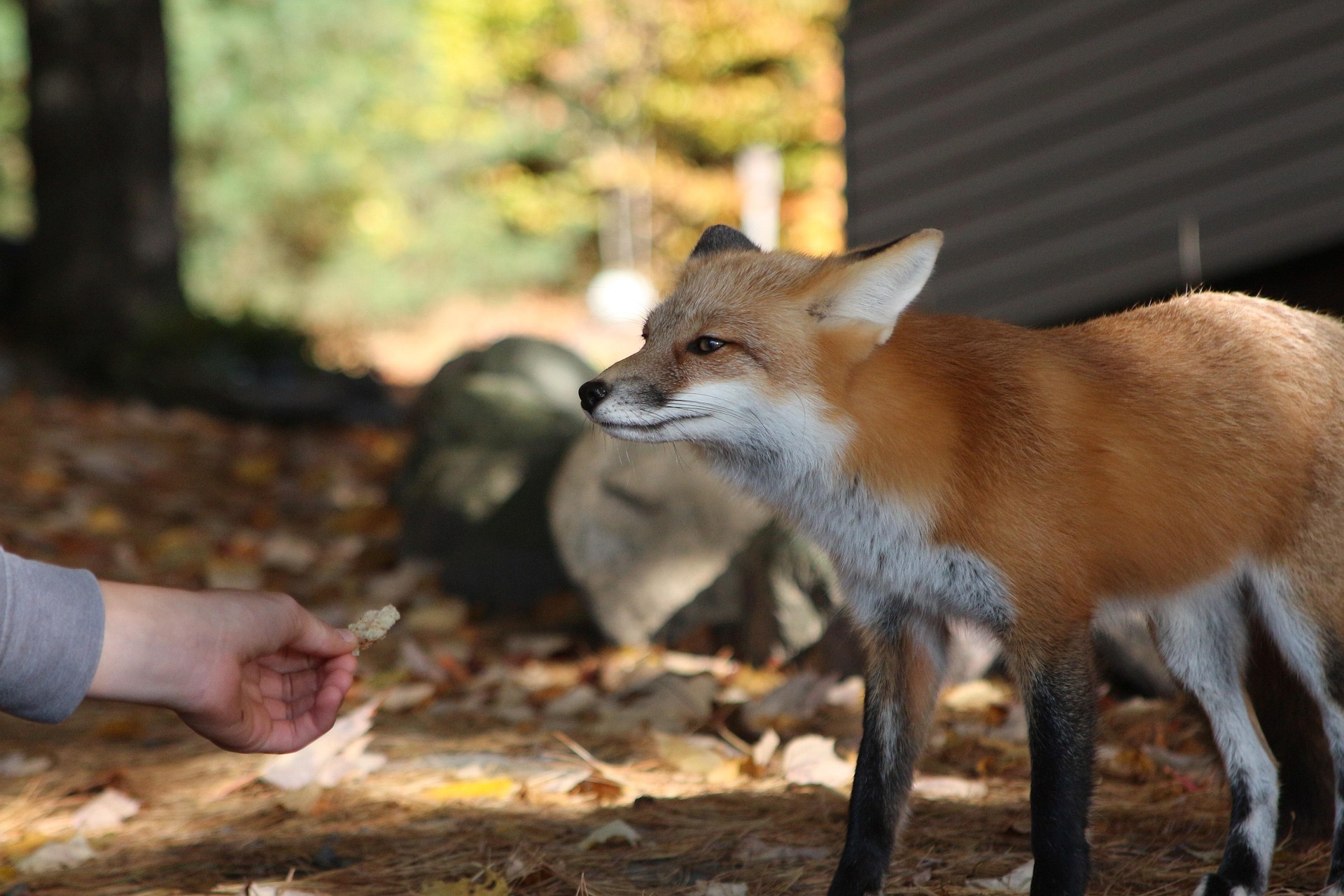 Image by David Gomez from Pixabay
Image by David Gomez from Pixabay
Even near people, they keep natural behaviors - stopping, listening, and watching before moving forward. Young foxes learn by watching older foxes how to navigate the city. They use curiosity and caution to use city resources safely. Their movements stay agile, precise, and controlled. Being active at night helps them avoid humans and hunt quietly.
They keep sharp senses and hunting tricks, even in cities. Urban foxes are flexible with diet, timing, and social interaction. They still play, chase, and practice hunting skills. Watching them climb fences, squeeze through gaps, or jump over walls shows their skill. Urban foxes balance curiosity, caution, and stealth effectively. Each movement shows thought, skill, and awareness. (The Guardian) (Denver Parks & Recreation)
Foxes in culture and myth
The fox is known for sneaking into homes and getting away without being caught. Because of its cunning nature, this animal has acquired the image of trickster in a number of cultures. (Spirit Animal)
In European stories, the fox is seen as smart and tricky. It often outsmarts stronger animals or humans, teaching lessons along the way. People also link the fox to lying or sneaky behavior, and sometimes even to magic or supernatural powers. Its sharp senses and cleverness make it a symbol of guidance or hidden wisdom. Overall, the fox shows both cleverness and the risk of getting into trouble if you trust it too much. (Wikipedia)
In Japan, foxes are called kitsune. Kitsune are special because they can change shape, play tricks on humans, or protect villages. They are also considered sacred animals in Shinto, the traditional Japanese religion, often linked to the god Inari, who is connected with rice and prosperity.
Some kitsune can grow up to nine tails. Each tail shows how old and powerful the fox is. Usually, a kitsune grows a new tail every 100 years, gaining more wisdom, magical skill, and strength with each tail. Kitsune can be playful, mischievous, or romantic, teaching lessons about cleverness, planning, and emotions. (Bokksu)
Across cultures, foxes represent intelligence, strategy, and subtle power. Folklore mixes real fox behavior with imagination, creating magical, clever animals. Myths show that even small creatures can leave a big impact. Foxes continue to inspire creativity, storytelling, and wonder, proving that cunning, charm, and beauty often go together.
Misunderstood and hunted
Although most foxes cause no real harm, every year countless foxes are brutally killed by poachers (some call them hunters). Hunting takes away their playful lives. Foxes can't roam or play as they wish. (MDPI)
Imagine resting in your cozy den, ears twitching at every sound, when suddenly it's taken away, without knowing why. Or just wandering through the forest, when suddenly your paw tightens, then you realize you're trapped in a snare and you'll stay there for several hours before you bleed out... or maybe some idiot sets a pack of aggressive dogs on you and starts shooting while you run.
Millions of foxes live on fur farms. They are kept in tiny cages and they are killed just for fun fur. These foxes never feel the joy of running in snow. They never feel the thrill of jumping. They never feel the comfort of wrapping their fluffy tails around themselves. Bright eyes, clever paws, and twitching ears are replaced with sadness. They suffer from wounds, eye infections, and deformed paws, and killing methods like rectal electric shock are commonly used. (Humane World)
POV: You open your eyes, but all you see are wire bars. No forest, no snow, no space to run. Your paws press against cold metal, your tail has no room to curl around you. Days blur together in the cage - no play, no jumping, no joy. One day, rough hands take you out. Not for love, not for care, but only for your fur.
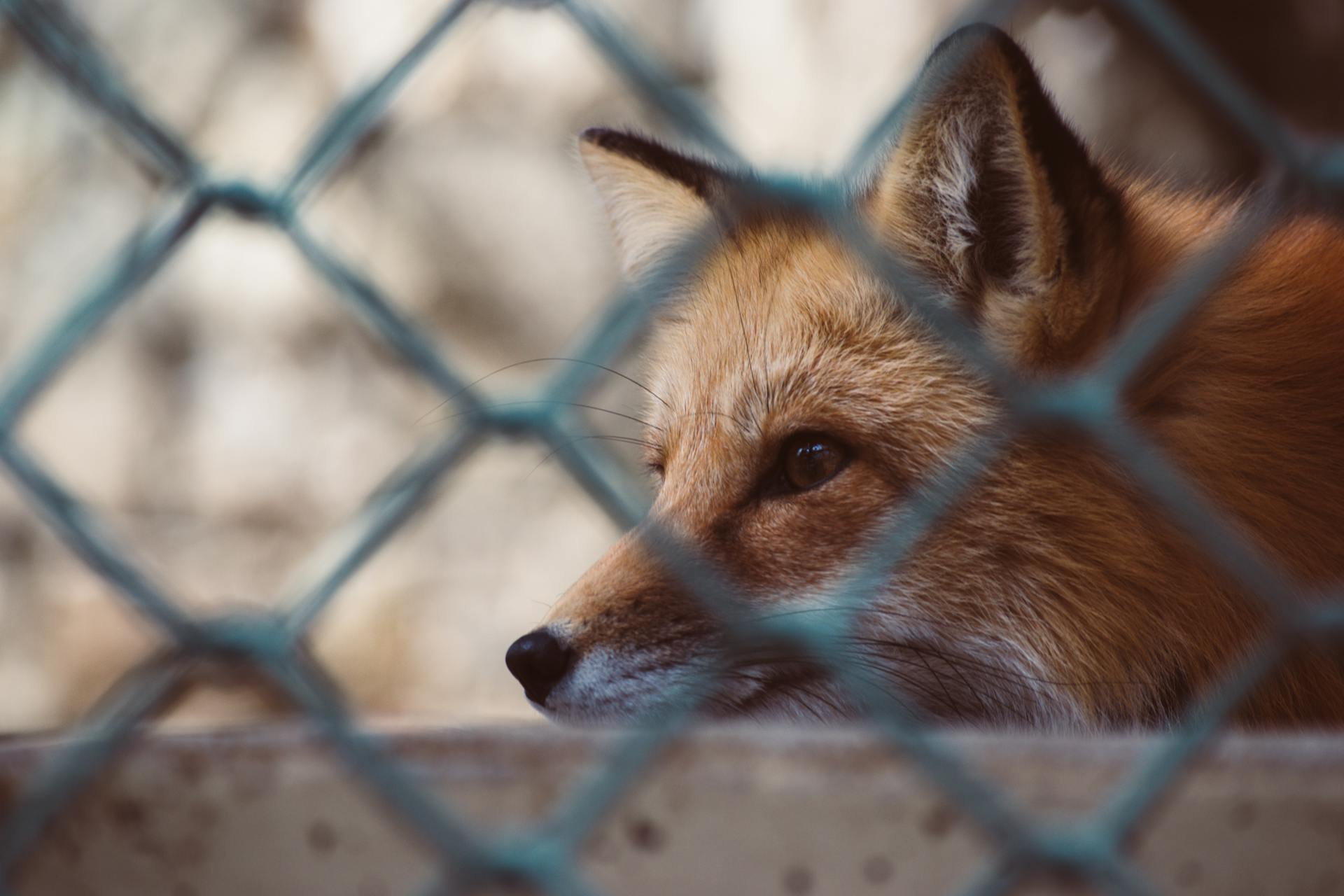 Photo by Brett Sayles on Pexels
Photo by Brett Sayles on Pexels
Even urban foxes can be targeted for just existing. People forget foxes are smart and sensitive. They are playful, mischievous, and affectionate. Foxes deserve to curl up, chase, explore, and live freely. They should not suffer because of fear, greed, or misunderstanding. Watching a fox leap or flick its tail is magical. Every life lost takes some magic away. Foxes deserve care, love, and soft moments in the sun.
Why we can't resist them?
Foxes are like the ultimate combo of soft uwu-fluff and big-brain logic. They're smol hunters with 200 IQ, moving sleek and smooth like optimized Rust code. Every head tilt, ear twitch, or tail flick is basically an API call straight to your heart. They adapt everywhere - forests, snow, even urban jungles - without losing their wild kernel.
Watching a fox is like running a process full of cuteness threads: leap(), pounce(), sniff(). Each function call is pure joy, wrapped in mischief and charm. Even the tiniest gestures - twitchy ears, swishy tails, sparkly eyes - return values full of feels.
Foxes are both real and mythic, like a program that compiles on the first try. They embody curiosity, elegance, and sly cleverness in one fluffy package. Their presence is magical, but also practical, like a well-written script that just works.
Every glance, jump, or sneaky move leaves logs in your memory you can't delete. They prove that intelligence + stealth + fluff = the ultimate soft fox energy uwu.
Don't you just wanna curl up next to one and let their vibe run in your background thread forever?
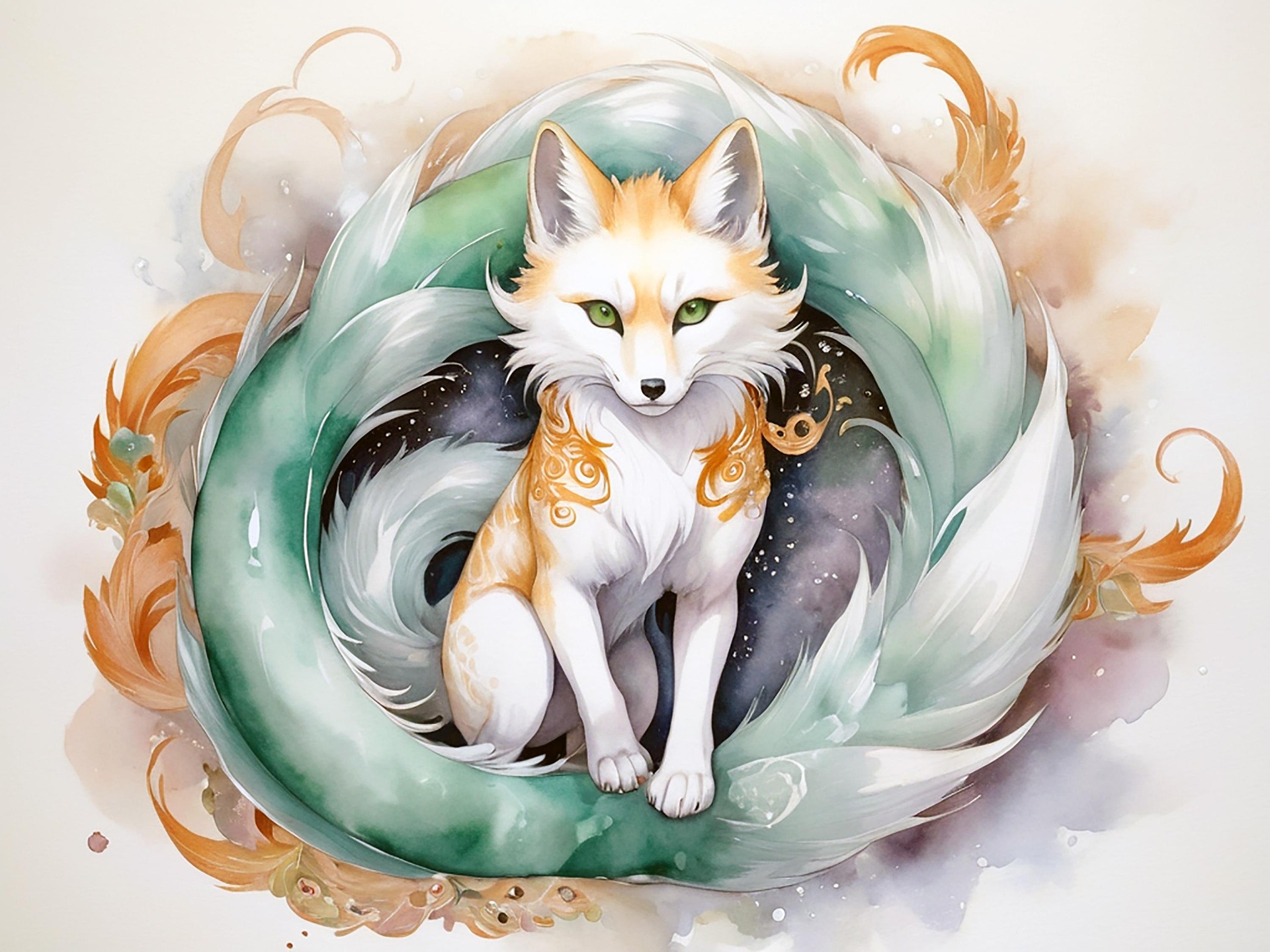
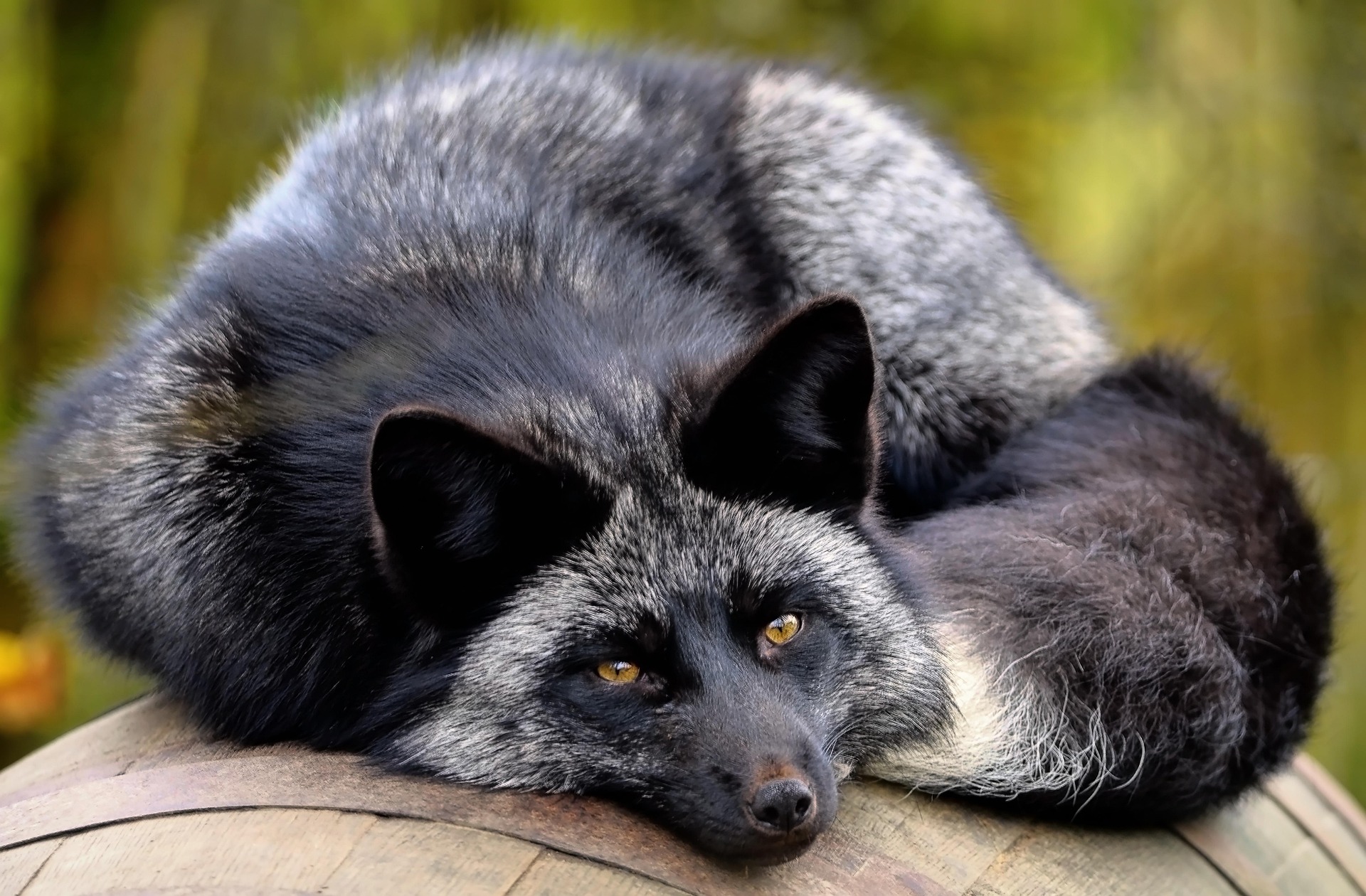
What do you think about it?